Since the dawn of time, humans have sought bigger and better.
Since humans worked out that breathing clean air is kind of a good thing, followed by the introduction of Euro emissions testings, us humans have instead been given smaller, cleaner and more efficient engines.
Gone are the petrol V8s. Gone are the inline 6 diesels. Utes, wagons and even the sporty Ranger Raptor have succumbed to the small engine virus.
It’s not what we want, but what we’re given, right?
With calls about being too highly strung and not being built for longevity, it sounds like internal combustion is in for a bad time. Hard to argue about being highly strung when some of the new breed of engines are pumping upwards of 50psi out of their compound turbo systems.
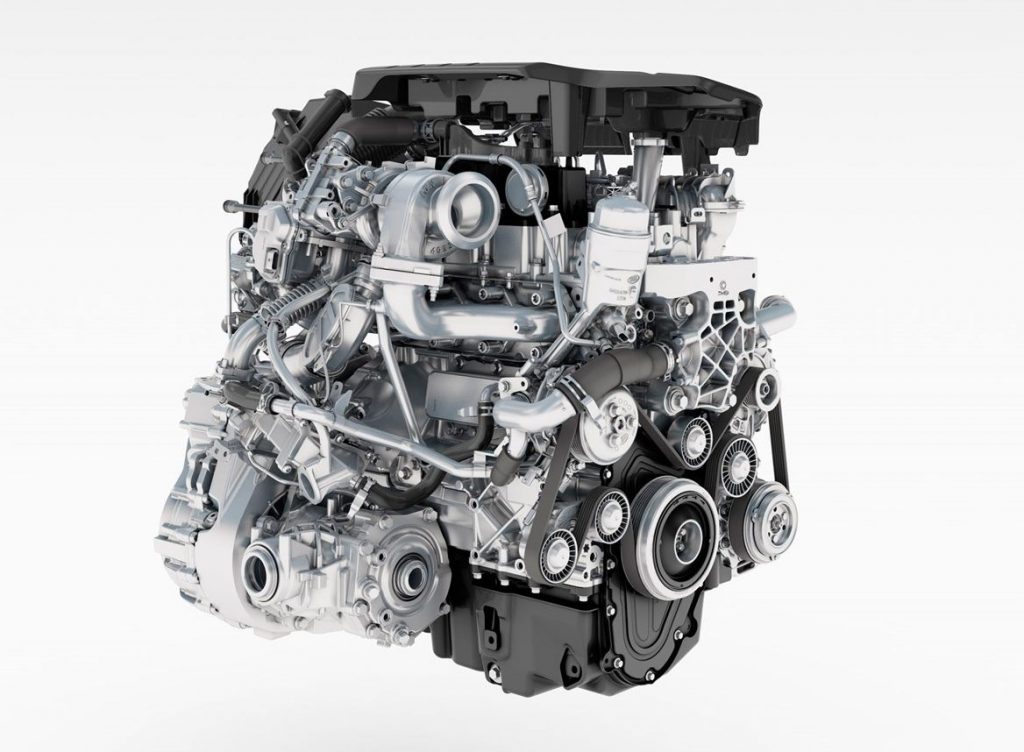
Let’s have a closer look at some of the 2.0-litre diesel engines on the market today, compared to the venerable Toyota 2H, one of the best known under-stressed and reliable diesel engines the 1980s could offer and twice the capacity at 4.0 litres.
| Small automotive diesel engines | |||||
| Make | Land Rover SD4 (Discovery) | Jeep Multijet II (Compass) | Ford Panther (Ranger Raptor) | Volkswagen (Amarok) | Toyota 2H (60/75 Series) |
| Configuration | I4 twin turbo | I4 turbo | I4 twin turbo | I4 twin turbo | I6 n/a |
| Capacity (l) | 2.0 | 2.0 | 2.0 | 2.0 | 4.0 |
| Power | 177kW @ 4000rpm | 125kW @ 3750rpm | 157kW @ 3750rpm | 132kW @ 4000rpm | 76kW @ 3500rpm |
| Torque | 500Nm @ 1500rpm | 350Nm @ 1750rpm | 500Nm @ 1750-2000rpm | 420Nm @ 1750rpm | 241Nm @ 1800rpm |
| Vehicle GVM | 2890kg | 2189kg | 3200kg | 3040kg | 2760kg |
Even Jeep’s relatively underperforming engine offers over 50% more power than the 2H, never mind the near and over 200% power outputs from the Ford and Land Rover engines respectively.
There are some great comments on our blog posts pertaining to engine size … on the one hand, seemingly everyone is angry at the manufacturers for making smaller and smaller engines. “Capacity is king” they chime. On the other hand, dare to mention one of the USA-sourced ‘full size pick-up trucks’ as the yanks call them, and the comments are snide remarks about overcompensation, and how Australia doesn’t need these big vehicles. Well folks, you can’t have your cake and eat it too! Big engines in normal (i.e. HiLux/Ranger etc) dual-cab utes just aren’t going to happen.
The case for modern engines
Why would you want an old diesel dinosaur when you can get seemingly extreme power and torque improvements from much smaller and hence lighter and more efficient engine packages? Do you like keeping up in traffic? Is having ample power available for overtaking worthwhile? Do you like linear power or is turbo lag your thing? These new engines tick a lot of boxes.
Reading online it would seem every single engine available today would have a serious reliability problem. How much of that is the ease of communication?

Diesel dinosaurs or cockroaches?
Sure, after a nuclear disaster destroys the world, the only sound will be scurrying cockroaches and chugging mechanical diesel engines. Yes, older diesels are still common enough, but so are 1930s Fords and there’s seemingly a million or more Hyundai Excels with P plates or grannies getting around. Survival doesn’t always mean superiority!
If we look to forums, there are plenty of simple diesels having problems. Owners trying to modernise are the biggest cause, with dodgy turbo installs to try and get some resemblance of performance from them, or expecting a lot more than when they were built. If these engines are so great, why are so many getting modified?

Reality bites
Which camp are you in? Is capacity king or do you prefer refined high output and efficient engines?
The long and the short of it is, get used to it. Big engines are not ever making a comeback; smaller engines are here to stay until an alternative power source makes diesel power completely obsolete. The motor manufacturers can’t listen to consumers when deafened by regulators.
P.S. I hope there’s plenty more years for my 3.9-litre four-cylinder mechanically injected dinosaurs to come…



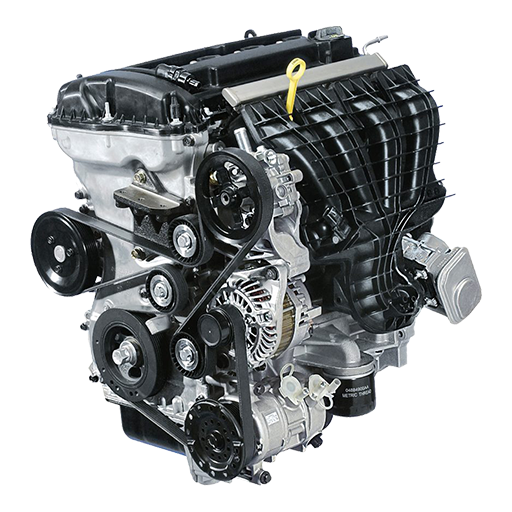
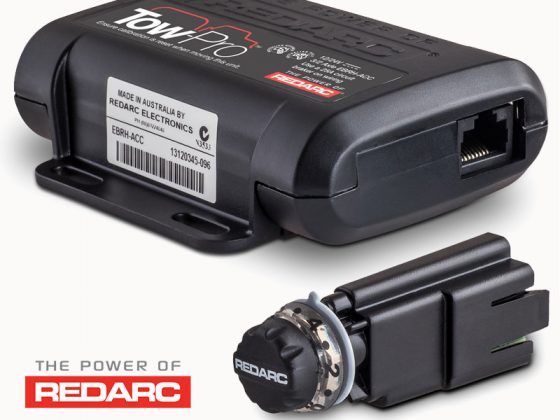

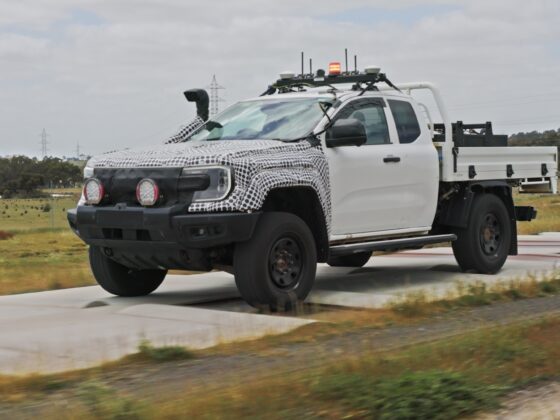
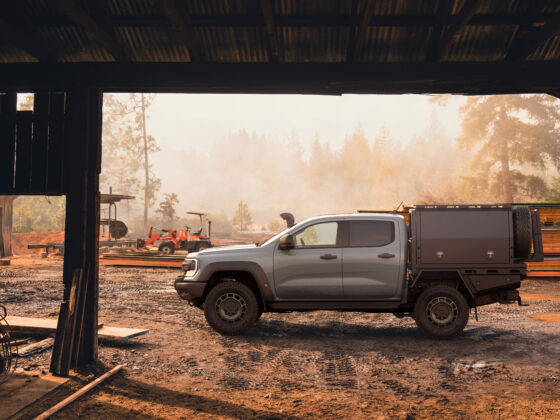
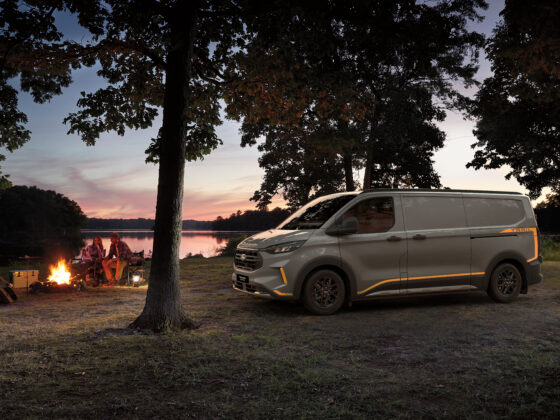
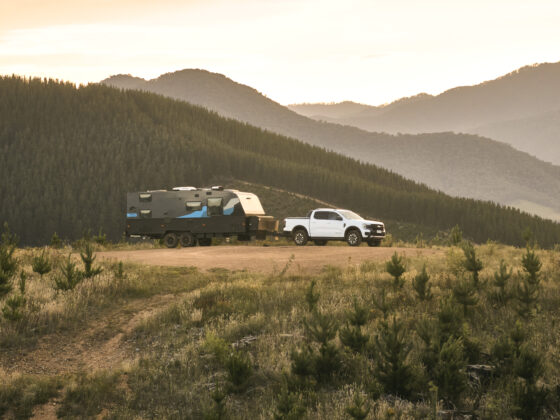
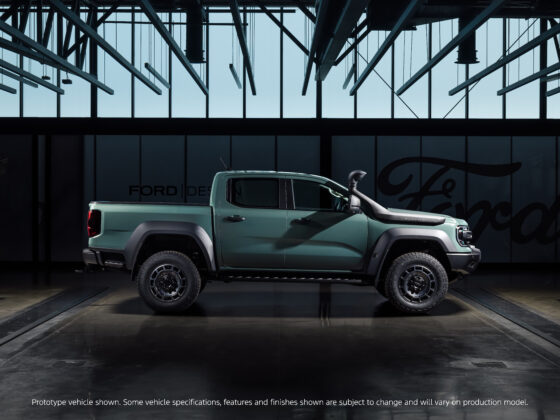


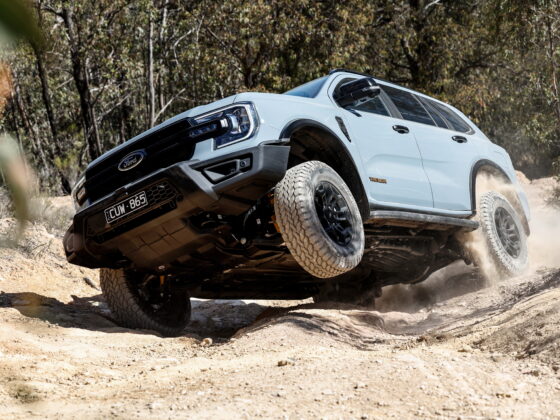
22 comments
Silly article. It’s not either / or.
Reliable, tough understressed modern diesels are what I’m looking for. Don’t want a 2H nor do I want highly tuned small engines either.
No mention of my 2017 Troopy here! 4.5 litre turbo V8
Should have compared them to the modern V8 & 3.2l diesels.
My highly strung 3.0lt diesel blew up at 162k. My new vehicle has an American V8.
I tow a 3.3 tonne van. Diesel 17.9/100km. Petrol 18.6/100km. All without turbos, EGR and DPF. Oh and did I mention 15% more torque and 100% more power at the same time. ( Power is the ability to wind up the engine and go )
You keep pushing small diesels but once people realize today’s American V8’s are fuel efficient and powerful, the highly strung diesel will die. ( bugger, that’s right, it is already dying by its own pollution control )
They just don’t last. As for fuel economy, I think that’s a furphy, where are the cars that go long distances. You are doing well to get 700k’s out of any vehicle. The new engines petrol or diesel are just made too soft and break easily, too hard for the home mechanic to fix and will probably leave you stranded. gone are the days when you could get it patch up and get home. THEY are CRAP full stop.
Isn’t it funny how they talk about a 2LTR engine when most of us are more concerned about brut strength like the twin turbo 4.5LTR V8 diesel as they should be as the day and age we have a lot to carry around.
I’m getting on in years and as the old saying goes. The only thing that is constant is change. The first 4×4 I drove was a Second World War short wheel base Land Rover on our farm. I now have s Pardo and wouldn’t go back for any reason
In a comparison of supposedly 4wd diesel engines, why are the only two arguments given in favour of modern diesel engine superiority ‘on-road’ attributes. Is that because most modern 4wd’s are actually built as ‘on-road’ vehicles, with on-road suspension, on-road comfort, and on-road handling and performance. That’s why I drive a BJ42 and an HZJ80, because I like 4wd’s that were designed to perform well ‘off-road’, with strength, reliability and longevity as the key design features. Sporty and efficient with tons of electronic gadgetry doesn’t help much when you’re stranded in the middle of nowhere in a modern diesel vehicle that needs a laptop to diagnose and no chance whatsoever of sourcing parts anywhere other than a major city.
you failed to mention the ever increasing number of rebuilds being performed on modern small capacity common rail diesel engines, simply because the tolerances are so tight the engines are failing at the slightest provocation.
I have a 1996 Landrover Defender with a massive 85kw 265NM 2.5 litre engine, I love it and wouldn’t change it or its character for anything
151 kw, 430 nm.. old technology .
We have to put all things in perspective. Cleaning up diesels is the No.1 priority. As said, the manufacturers are stuck with the problem. Soon we will get Hybrid (petrol) 4x4s which will revolutionise the way we think a 4 wheel drive should be. I’m looking forward to the extreme crawling torque of electrics backed by a small, light, efficient petrol engine. And no transfer case!!!!. Will we see 4 wheel drive vehicles 200 – 300kgs lighter?
But for now we can be thankful for some of the excellent machinery we have available to us.
Now perspective. A Ford 3.2l 5 cylinder has a cylinder volume around the same as your 2H. A bullet proof underrated Pajero 3.2l 4 cylinder has a larger individual cylinder volume. Diesels don’t rev – an efficient combustion process wont allow it. So we have piston speeds that are not much different to the ‘old faithfuls’. Throw in very strong modern materials and some (very reliable) electronics and we have ‘Trucks’ that we are quite happy with. Taking a blue pee into the tank of your Everest is just something you gotta do.
Oh yes the world is a changing, but for the most part better. I want my grandchildren to be able to breathe clean air. Discuss the issues at length but complaining wont achieve anything.
326,000km on a 1.6 Auto vw polo
Still the same economy @4.3l/100.
everyone will always have different ideas and needs when it comes to 4wding so you could argue over this one till the cows come home. If you want to do the big lap towing a van i would go for the V8 diesel landcruiser. Yeh big bucks but who cares. If you want a dual cab 2ltr diesel for work and play get one of those. It all comes down to personal preference. I have a 78 series 1HZ troopy that does me just fine. Did the Kimberleys from Adelaide up the tanamai no worries. Can sleep in the back if i have to. Personally I’m not a fan of the 2ltr diesel vehicles. Give me a few bevvies i could be persuaded into a V6 amarok but i would love a V8 troopy. Go test drive a V8 landcruiser then tell me what you think about the 2ltr vehicle ..lol
Surely we can calculate the power and torque that we need for a particular vehicle eg ute, wagon, and the different trends, for tradies and towing or suburban family and towing, etc etc etc…..in my case I wanted more than 4 cylinders, bigger than 3 litres and largest of the 4.5 litre v8 diesel in the local market that allows reasonable service costs and local warranty conditions. The thought of something from overseas is a bit overpriced. In the end I tested all the dual cab utes I could even the Chinese ones. And came to the conclusion of comfort and enjoyment of the drive and in the end has to be auto. So landcruiser v8 was out. ( I know you can get it fittted. But more outlay I couldn’t.) then it was between 3 utes. I tested them again and fell for the Ford. 5 cylinders, nice auto gearbox. Big enough capacity for Good off boost torque and power, with overall drivability which I enjoy. And won’t need to chip it or remap it ever. There is more than enough power and torque for me, I now tow a caravan on the beach. And the engine doesn’t sound like it revving all the time. (You try driving a car that requires 4000-5000 rpm to take off with a load on the back horrible I know the clutch won’t last or if it’s auto the torque converter stall rpm is higher and gets hot. t’s tiresome when I hear the engine revving high all the time.). And the gearbox is sweet and isn’t hunting backwards and forwards through a thousand gears in traffic, or off road. I like soft suspension for plush ride not turning corners and racing a hundred miles an hour. The soft suspension tells me to slow down to stay safe. ( I have aftermarket suspension and it is adjustable too. Let me tell you it’s awesome. I love it for the softer ride and when it gets tough they work harder and better an better. Keeps surprising me.)
So the balance of cubic inches and hi tech wizardry to suit a wide field is my answer. .in the end I drive to enjoy without wishful thinking or regrets or losing to compromise. I worked hard for this. And I have it.
All those complaining about small capacity diesel motors, have they actually driven one? I have drive lots of 4WD with large capacity diesel motors and when I was looking at the Nissan Xtrail T32 4WD I was a little concerned about the 1.6 Lt Turbo Diesel Motor. I thought it was going to be a little under done.
I gave it the benefit of the doubt and took it for a test drive. It actually really surprised me with its power. I have now done 140,000 trouble free kms, and have regularly gotten over 1,000 kms out of the 60 lt tank. It has been off road and has managed to keep up with the big boys.
I loved my duel cab ute. But found as soon as I hooked up my van with any more than two people in the ute I wasn’t legal. To stay legal required me to buy a 200 series. I miss the ute but now I’m legal and I don’t even know the van is on the back unless the road is really rough. Love the effortless power of the twin turbo V/8. What will happen if the police start checking tradies GCM.
1050 km out of a 2ltrs TDI VW Jetta with a 55 ltr tank own for 10 years never had a problem and good for 200kmh + using only 12.5 ltrs /100 at 200km. 07 model 6 speed DSG gearbox and no problem with that also. mmm
People wouldn’t be happy with the amount of power and torque the old diesels used to put out. Not that high output is needed, it’s just that they don’t like being outdone by hsv’s and hot hatches around town, and the idea of dropping speed or a gear while at 110km/h towing the biggest van money can buy (that’s permitted buy the tow rating) up a hill is incomprehensible. Fact of the matter is that I have a TD Forester and when driven properly, 99% of the time I don’t hit full boost, and I normally accelerate using only around 16 out of the available 22psi boost. Also, apparently I could get a stage 1 tune and get another 25kW out of my 2L diesel but why would people consider tuning for more power if they think that they are highly strung and can’t handle the stresses that they are designed to take?
i have one of these 2H 6 cylinder motors in a Dyna.
i just did 30 km of a 4 lane 110 k/h motorway at 80K/h.
window down breathing in the heat. if you slow down you feel that warm breeze off the motor rise and raid the open window.
1984 and it purrs gently down the road. it will do it until i am told to stop driving it. put 4 ton on its back and it really hasn’t changed much. its still slow.
my wife car. a brand new Isuzu M-UX. OK power to spare even with a few ton tagging along. but ill still have my 1984 Dyna after the M-UX has been and gone.
Sorry Paul. I don’t think your ideas are at all up to date. I have been driving around this country for a very long time, have had all sorts of vehicles. Yes, there are definitely more complexities in modern engines and vehicles, but they are also far more reliable. And modern engines are highly durable and long lasting. Oils, fuelling, materials, engine control and production quality are just light years ahead. If you talk to people in the industry who do development testing and durability management, or owners of large workshops who have widespread views across a range of vehicles, they will tell you the biggest problems are caused by lack of maintenance or not paying attention to symptoms and dealing with them quickly eg loss of coolant.
Even small engines last a very long time these days if maintained properly. I would never want to go back to the rubbish of the 50s-80s. And I do go remote.
BTW Paul, Just travelled 770kms today at an average of 100kmh across the whole trip (included some Sydney urban, a long bit of stop start due to traffic and as quickly as I could in the country without getting booked!),fully loaded with a bit of gear and not sparing the neddies. Have a very conservative 110kms left and could probably do another 100kms on top of that if I had to. Vehicle? VW Touareg 3.0V6 4XMotion (ie low range full 4WD) diesel,165kw 500nm. If I had the later more powerful and torquey 8 speed model, it does about 3l/100kms better, so would go much further. If I drove slower I would get better economy too, but why?
Recently read about vehicles such as a Discovery 2.7TDI and Touareg like mine with over 500,000miles on engines with no internal work. In Europe, many smaller engines eg VW 1.8 TSI do many hundreds of thousands of kms without problems.
A number of modern diesel vehicles can do 1200kms+ on a tank ie Adelaide